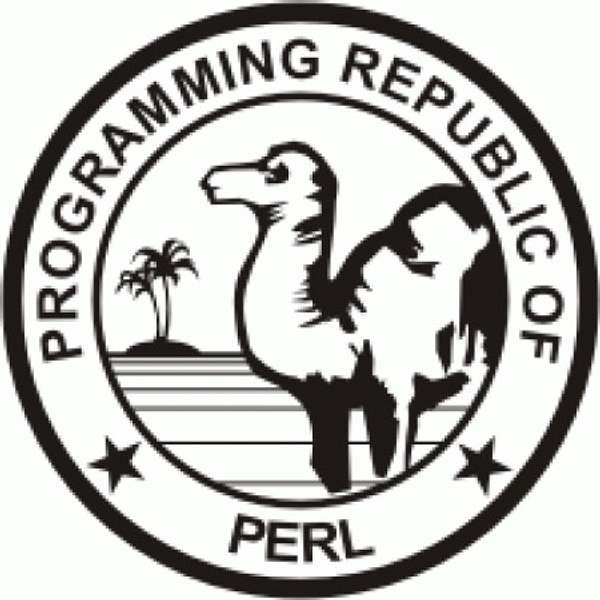
Digital Innovation Days
Digital Innovation Days
18 December 1987 - First release of Perl
Larry Wall released the general-purpose programming language Perl on the 18th of December, 1987. It was meant to offer text manipulation, web development, network programming, system administration, and Graphics User Interface (GUI) development, among other tasks. With its tagline, “easy things should be easy and hard things should be possible”, Perl was designed to make computer programming easier and faster.
With the advent of the web, Perl also gained momentum. In fact, it became the dominant language for Common Interface Gateway (CGI) programming. The regular expression and string parsing abilities that this language offered brought it immense popularity as well. System administration tasks that were too complex for a shell script but not worth the effort when coding in C, were easily done with Perl. This also became the perfect language to interact with databases, leading to its widespread use to implement dynamic websites. True to its motto of TIMTOWTDI (“there is more than one way to do it”), Perl cemented its position as a very versatile and flexible language since it allowed the user to adopt any kind of programming style, be it procedural or object-oriented.
Although Perl may not be sitting atop the list of the most commonly-used programming languages today, its uniqueness largely stems from its compatibility with other programming languages. Perl is being used throughout the web and it is also termed as the “duct tape of the Internet” because it tied together systems and interfaces that could not work together prior to Perl. While many think that Perl has “died” as a language now, it is still being heavily used not just for maintaining existing projects but also for creating new ones. In fact, it is still considered among the best coding languages to increase one’s employability as well as remuneration.